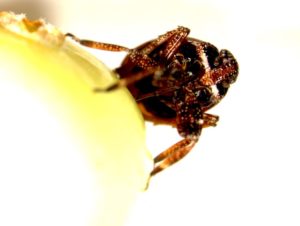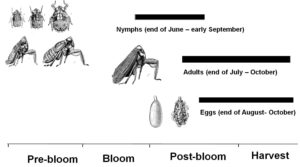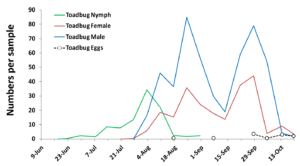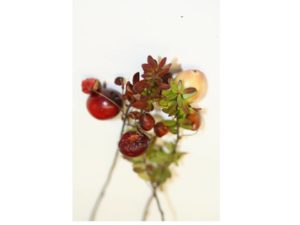Dear Wine Grape Growers,
The Statewide Wine Grape Twilight Meeting – II will be held on August 5th from 6 pm – 7:30 pm. This will be a Webex meeting. No registration is required. We will follow the Summer Grape Camp format, however there will be no pesticide re-certification credit for this program.
6:00 pm – 7:00 pm: Vineyard Observations from Rutgers Extension
7:00 pm – 7:30 pm: Grower’s Questions and Answers and Discussions
Growers are encouraged to discuss or send questions or vineyard problems, in advance to Hemant Gohil gohil@njaes.rutgers.edu or Megan Muehlbauer muelhbauer@njaes.rutgers.edu [Read more…]




